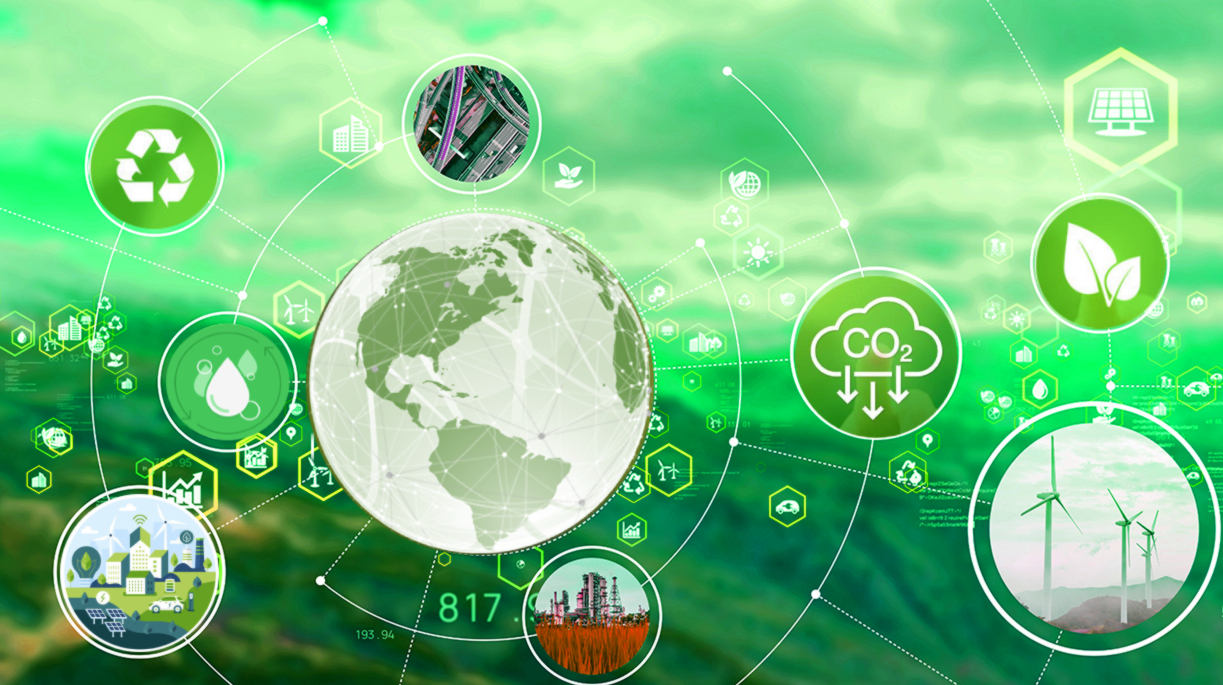Exploring the Unique Socio-Economic Impacts of a Mega Offshore Wind Farm Project: A Case Study of the Pioneering Walney Offshore Windfarm
DOI:
https://doi.org/10.14464/ess.v11i9.670Abstract
Using Walney Offshore Windfarm as a focal point, this paper explores the intricate socio-economic dynamics of mega offshore wind farms. Despite their pivotal role in advancing renewable energy objectives and fostering economic growth, these projects have raised concerns about their environmental footprint and impacts on local industries. Offshore wind energy initiatives must balance these contrasting aspects to ensure long-term viability and sustainability. Walney serves as a microcosm of clean energy endeavours and their socio-economic consequences. In addition to reducing carbon emissions and diversifying energy sources, these initiatives challenge environmental conservation and socioeconomic disruption. The full potential of offshore wind energy as a cornerstone of sustainable development requires understanding and mitigating these challenges. According to this study, mega offshore wind farms have a significant economic impact. These projects create jobs, inject capital into local economies, and support infrastructure development. In addition, these initiatives can stimulate ancillary industries and contribute to the area's Gross Domestic Product (GDP). Local communities must also be empowered to participate in and benefit from the wind energy transition to ensure these economic benefits are distributed equitably. Furthermore, the paper highlights the need to address environmental concerns associated with offshore wind farms. There are potential disturbances to marine ecosystems during construction and operation, visual impacts, and noise pollution. Mitigation measures and comprehensive environmental impact assessments are crucial to minimising these adverse effects and preserving marine habitats' ecological integrity. Moreover, stakeholder engagement and community involvement are crucial to offshore wind project success. Open dialogue, listening to local concerns, and incorporating community feedback into project planning and decision-making processes can enhance social acceptance, build trust, and promote sustainable development. A holistic approach that considers the opportunities and challenges of offshore wind energy development is paramount when looking at the Walney Offshore Windfarm and other mega projects. Future offshore wind farms can contribute to a more sustainable and resilient energy future by prioritising environmental stewardship, socio-economic equity, and community engagement.

Downloads
Published
Issue
Section
License
Copyright (c) 2024 Shafak Ahmed, Ann Wolter, Abdul Salam Darwish, Peter Farrell

This work is licensed under a Creative Commons Attribution 4.0 International License.
Copyright for articles published in this journal is retained by the authors. The content is published under a Creative Commons Licence Attribution 4.0 International (CC BY 4.0). This permits use, distribution, and reproduction in any medium, provided the original work is properly cited, and is otherwise in compliance with the licence.


